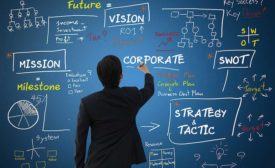Columns
Re-Imagining OSHA in the Trump era
Would doing away with safety regs help or hurt you?
September 1, 2017
Food safety traceability challenges
Improving recordkeeping & reducing lag time
September 1, 2017
Climbing out of the ivory tower
A day on the road finds disruption everywhere
September 1, 2017
The politics of the profession
When to keep secrets, zip the lip or bend rules
August 29, 2017
Never miss the latest news and trends driving the safety industry
eNewsletter | Website | eMagazine
JOIN TODAYCopyright ©2024. All Rights Reserved BNP Media.
Design, CMS, Hosting & Web Development :: ePublishing












